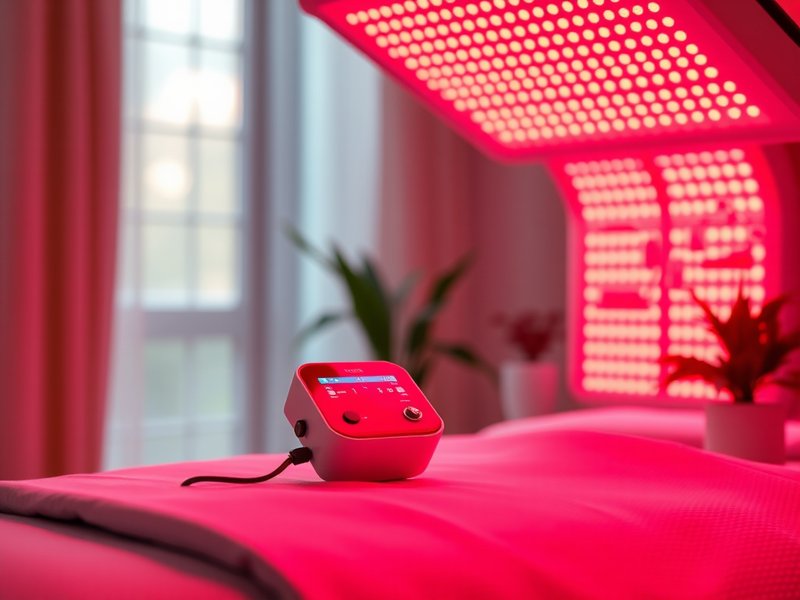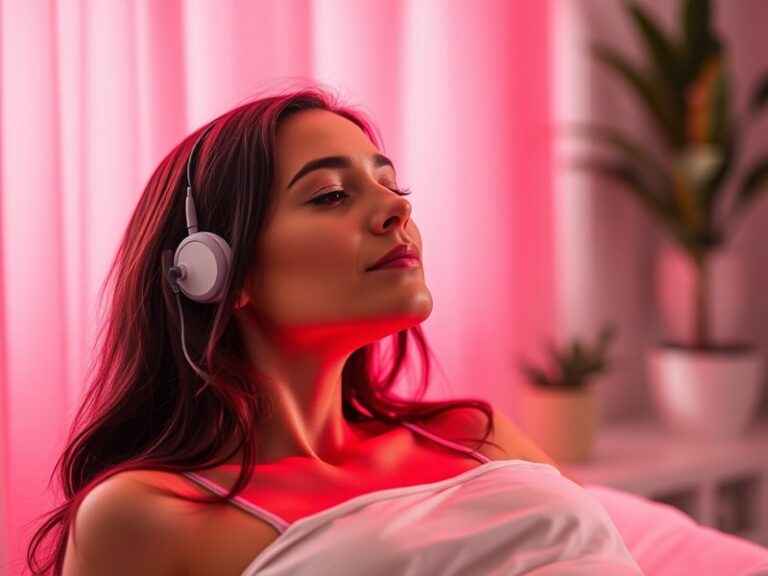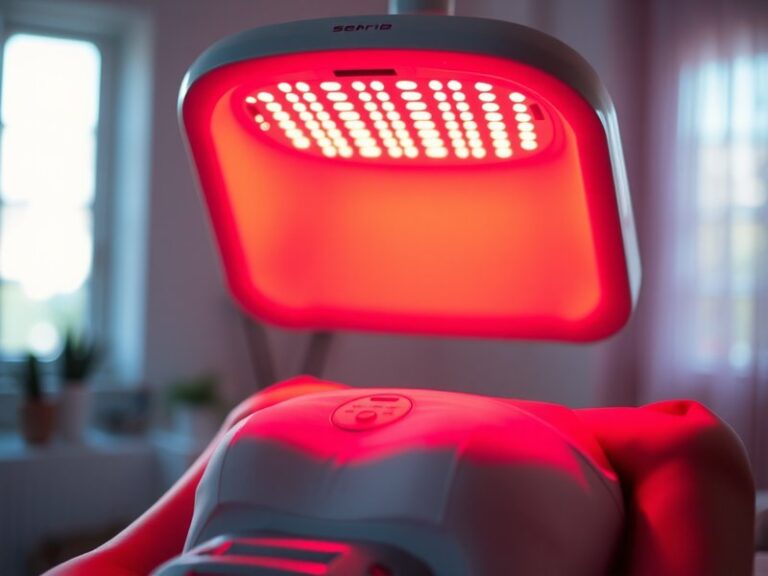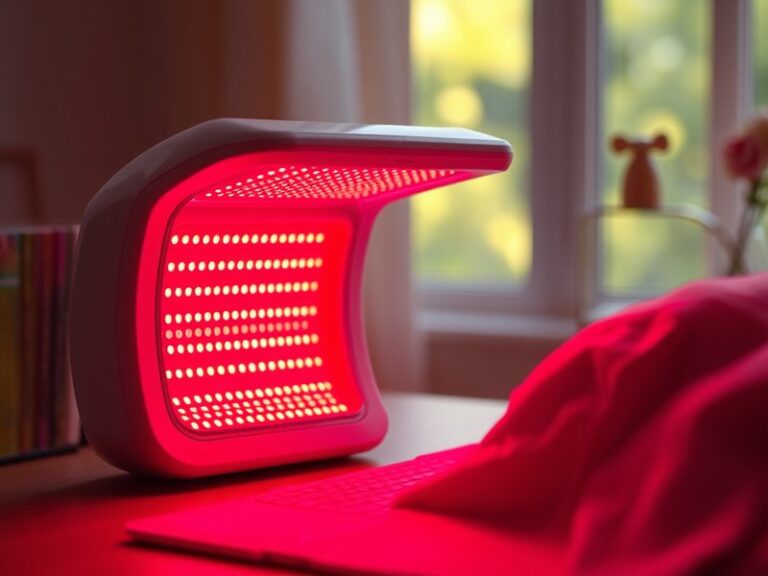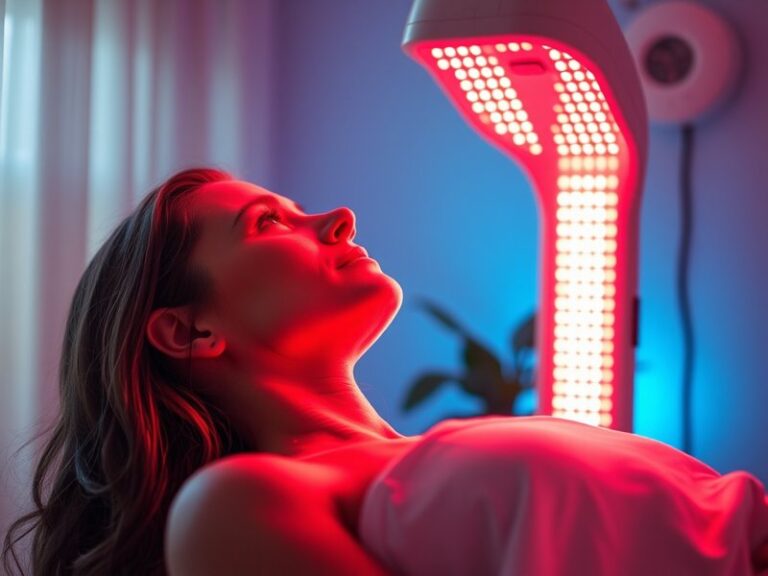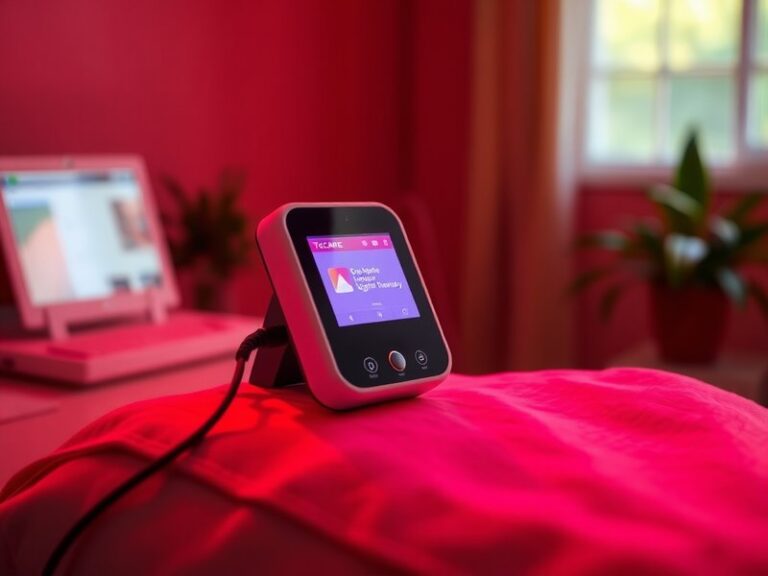How Often Can You Have Red Light Therapy?
How Often Can You Have Red Light Therapy?
Are you curious about how frequently you can benefit from the rejuvenating effects of red light therapy?
This article will explore the recommended frequency of red light therapy sessions, the benefits associated with this treatment, and considerations to keep in mind. It will also discuss alternatives and answer common questions about this therapeutic approach, providing a comprehensive overview for anyone interested in incorporating red light therapy into their wellness routine.
Key Takeaways
- Red light therapy can typically be done multiple times a week, with standard guidelines suggesting 3 to 5 sessions for optimal results.
- The frequency may vary based on individual needs, specific conditions being treated, and the type of device used.
- It’s important to consider skin sensitivity and overall health when determining a personal red light therapy regimen.
What is Red Light Therapy?
Red light therapy (RLT) is a non-invasive treatment that uses low wavelengths of red light to stimulate cellular repair and rejuvenation. This type of therapy is often utilized in aesthetics to improve skin tone, reduce wrinkles, and heal scars. It has also gained popularity in physical therapy for pain relief and enhancing recovery from injuries.
Red light therapy employs devices that emit specific wavelengths of light, generally between 600 to 660 nanometers for red light and 810 to 850 nanometers for near-infrared light. These wavelengths penetrate the skin’s layers, prompting metabolic processes within cells, which can lead to enhanced healing and tissue regeneration.
What are the Benefits of Red Light Therapy?
Red light therapy offers a multitude of benefits, ranging from cosmetic improvements to therapeutic effects for pain management and healing. The following sections detail some of the most significant advantages.
Skin Rejuvenation
Red light therapy is renowned for its ability to promote skin health. It stimulates collagen production, improving skin elasticity and reducing fine lines and wrinkles. Users often report a more youthful appearance and fewer blemishes after consistent treatments.
Pain Relief and Healing
Many athletes and individuals with chronic pain find relief through red light therapy. The light can penetrate deep into tissues, reducing inflammation and promoting healing in muscles and joints. This makes it an attractive option for recovering from sports injuries or managing chronic pain conditions.
Improved Mood and Energy Levels
Research has indicated that red light can affect mood positively by influencing serotonin levels. Regular exposure may enhance energy levels and reduce feelings of fatigue, contributing to overall better mental health.
Enhanced Hair Growth
Emerging studies suggest that RLT can stimulate hair growth in individuals experiencing hair loss. This makes it a promising treatment option for conditions like androgenetic alopecia.
Is it Possible to Have Red Light Therapy Daily?
Yes, many individuals choose to have red light therapy sessions daily or almost daily, depending on personal goals and health conditions. For most, a schedule of three to five sessions per week proves beneficial.
Get the full rundown in Is Red Light Therapy Bad?
What are the Advantages of Daily Red Light Therapy?
Daily sessions may offer increased benefits, including:
For more, see How often for Red Light Therapy?
- Accelerated Healing: For those recovering from injuries or surgeries, daily therapy can significantly speed up the healing process.
- Consistency in Results: Regular exposure helps maintain and enhance skin health and tone, while also supporting chronic pain management.
- Convenience: Routine treatment can become a part of your daily wellness practice, promoting overall well-being.
What are the Disadvantages of Daily Red Light Therapy?
However, daily sessions may not be suitable for everyone, and some disadvantages include:
- Skin Sensitivity: Overexposure may lead to temporary redness or irritation in sensitive individuals.
- Time Commitment: For those with busy schedules, fitting in daily sessions can be challenging.
- Cost Considerations: Frequent sessions can become costly, especially if using professional services rather than at-home devices.
What are the Things to Consider Before Starting Red Light Therapy?
Before beginning treatments, consider several important factors:
Skin Type and Sensitivity
Understanding your skin type is crucial. Those with sensitive skin may need to limit exposure to avoid irritation or adverse reactions.
Specific Goals and Conditions
Identifying what you aim to achieve through red light therapy will help determine the right frequency and duration of sessions. Whether it’s cosmetic or therapeutic, specific needs influence treatment plans.
Device Quality
If opting for at-home devices, ensure they are of high quality and provide the necessary wavelengths. Cheap devices may not deliver effective results.
What are the Alternatives to Red Light Therapy?
If red light therapy isn’t suitable for your needs, there are several alternatives to consider:
Cold Laser Therapy
This therapy utilizes low-level lasers to reduce pain and inflammation. It works similarly to RLT by stimulating cellular activity but focuses on a different light spectrum.
Infrared Saunas
Infrared saunas use heat to penetrate the body, promoting detoxification and blood circulation. They offer similar soothing effects but with an emphasis on heat rather than light.
Microdermabrasion
This cosmetic procedure exfoliates the skin, removing dead cells and promoting new cell growth. It can be a great alternative for those looking to enhance skin texture and tone.
Conclusion: Is it Recommended to Have Red Light Therapy Daily?
Ultimately, whether to engage in red light therapy daily depends on individual needs, conditions being treated, and personal response to the therapy. It is advisable to consult a healthcare provider or a professional specializing in light therapy to tailor a plan that suits your specific situation.
Frequently Asked Questions
How long should each red light therapy session be?
Most sessions range from 10 to 20 minutes, depending on the device and the area being treated. It’s essential to follow manufacturer guidelines or professional recommendations.
Can red light therapy be used on all skin types?
While generally safe for all skin types, those with specific skin concerns should consult a professional to ensure appropriate usage and avoid irritation.
Are there any side effects to red light therapy?
Side effects are minimal but can include temporary redness or irritation. Individuals are encouraged to monitor their skin’s response during treatment.
How quickly can I expect results from red light therapy?
Results can vary, but many users report noticeable improvements within a few sessions, specifically for pain relief or improved skin texture. Consistency in treatment typically yields the best results.
Is red light therapy effective for weight loss?
Research is ongoing, but some studies suggest that red light therapy may support metabolic processes that contribute to weight management when combined with appropriate diet and exercise.
